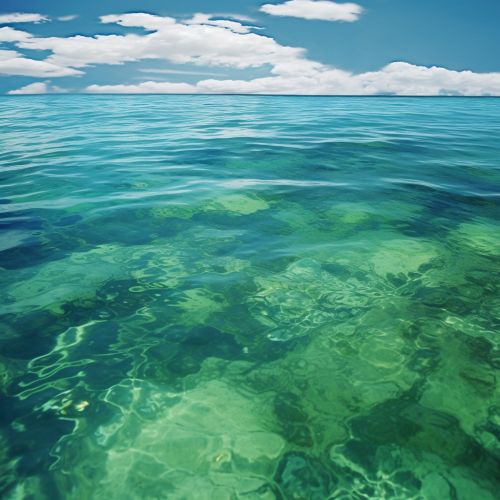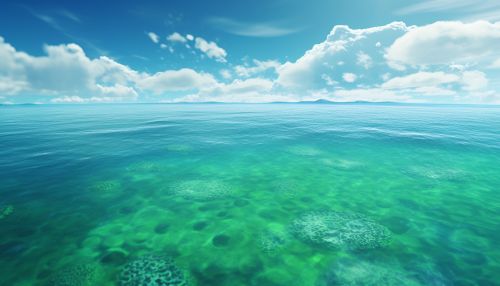The Chemistry of Ocean Nutrient Cycles and Ecosystem Productivity
Introduction
The chemistry of ocean nutrient cycles and ecosystem productivity is a complex and fascinating field of study. It involves the examination of the various chemical substances and processes that occur in the ocean, and how these influence the productivity of marine ecosystems. This article will delve into the intricacies of this topic, providing a comprehensive and detailed exploration of the chemistry involved in ocean nutrient cycles and the resulting impact on ecosystem productivity.
Ocean Nutrient Cycles
Ocean nutrient cycles are the pathways through which nutrients move within the marine environment. These cycles involve a multitude of chemical reactions and biological processes, which are essential for the productivity of marine ecosystems.
Primary Nutrients
The primary nutrients in the ocean are nitrogen, phosphorus, and silicon. These nutrients are essential for the growth of phytoplankton, which form the base of the marine food web.
Nitrogen Cycle
The nitrogen cycle in the ocean is a complex process involving several stages. Nitrogen enters the ocean through atmospheric deposition, river runoff, and biological nitrogen fixation. It is then transformed through a series of chemical reactions, including nitrification and denitrification, before being taken up by phytoplankton.
Phosphorus Cycle
The phosphorus cycle in the ocean involves the movement of phosphorus from the land to the ocean, and its transformation within the marine environment. Phosphorus is a key nutrient for phytoplankton growth, and its availability can limit productivity in certain marine ecosystems.
Silicon Cycle
The silicon cycle in the ocean involves the uptake of silicon by diatoms, a type of phytoplankton, and its return to the water column through the dissolution of diatom frustules. Silicon is a critical nutrient for diatom growth, and its availability can influence the composition of phytoplankton communities.
Secondary Nutrients
Secondary nutrients in the ocean include iron, zinc, and copper. These nutrients are required in smaller quantities than the primary nutrients, but are still essential for the growth and function of marine organisms.


Ecosystem Productivity
Ecosystem productivity in the ocean is largely driven by the availability of nutrients. The cycling of nutrients through the marine environment influences the growth and productivity of phytoplankton, which in turn affects the productivity of the entire marine food web.
Primary Productivity
Primary productivity in the ocean is the rate at which phytoplankton convert inorganic carbon into organic matter through photosynthesis. This process is heavily influenced by the availability of nutrients, particularly nitrogen, phosphorus, and silicon.
Secondary Productivity
Secondary productivity in the ocean is the rate at which consumers in the marine food web convert the organic matter produced by phytoplankton into new biomass. This process is also influenced by nutrient availability, as the growth and reproduction of consumers is dependent on the productivity of phytoplankton.
Impact of Nutrient Cycles on Ecosystem Productivity
The chemistry of ocean nutrient cycles has a profound impact on ecosystem productivity. Changes in nutrient availability can alter the composition and productivity of phytoplankton communities, which in turn affects the productivity of the entire marine food web.
Nutrient Limitation
In many marine ecosystems, productivity is limited by the availability of certain nutrients. This is known as nutrient limitation, and it can have significant impacts on ecosystem productivity. For example, in areas of the ocean where nitrogen is limited, the growth of phytoplankton can be constrained, reducing primary productivity.
Nutrient Enrichment
Conversely, nutrient enrichment can also impact ecosystem productivity. Excessive inputs of nutrients, particularly nitrogen and phosphorus, can lead to eutrophication, a process that can result in harmful algal blooms and hypoxic conditions, which can negatively impact marine life.
